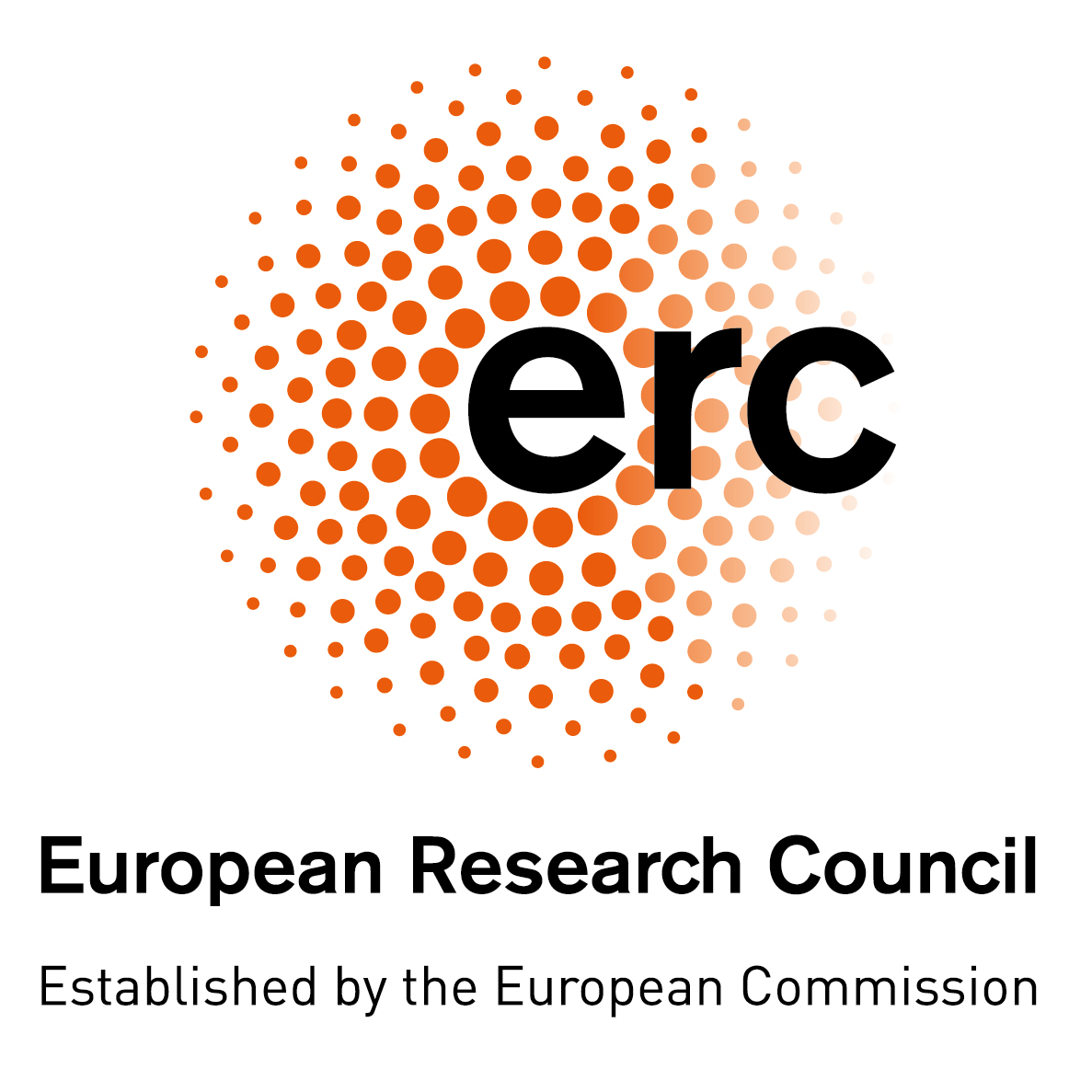

-
Humanities and the arts
- History of art
Forged paintings pose an urgent challenge to international law enforcement agencies and the art world. Both the quantity and the quality of the works are alarming. In practice, however, this type of art crime is notoriously difficult to detect and combat.
The Consolidator Grant project ARTDETECT is generating new knowledge about significant anomalies that betray forged paintings, as well as (new) information about key characteristics of comparable originals. Furthermore, ARTDETECT is developing ‘thin-slicing’ tools, i.e. computer programs and checklists that help to quickly and effectively select potential forgeries for in-depth analysis.
However, in order to ensure the practical application of the new knowledge and tools, it is crucial to engage with law enforcement agencies and art crime experts at an early stage in order to 1) gain access to a wide range of current cases, 2) test the validity of the preliminary conclusions, and 3) identify the challenges and opportunities in this restricted part of the market.
The team has a unique opportunity to collaborate with experts in the field and gain access to a large number of (potential) forgeries in the styles of more than 100 modern painters. We are also setting up our own lab. These circumstances allow us, at relatively low cost, to build an extensive curated image database of actual cases of forgery, to carefully annotate the images, and to rigorously validate our preliminary conclusions.
Through in-depth confidential research with stakeholders the ERC-PoC Project CODES will provide an extensive test dataset and user-oriented guidelines that have the potential to revolutionize counterfeit detection.